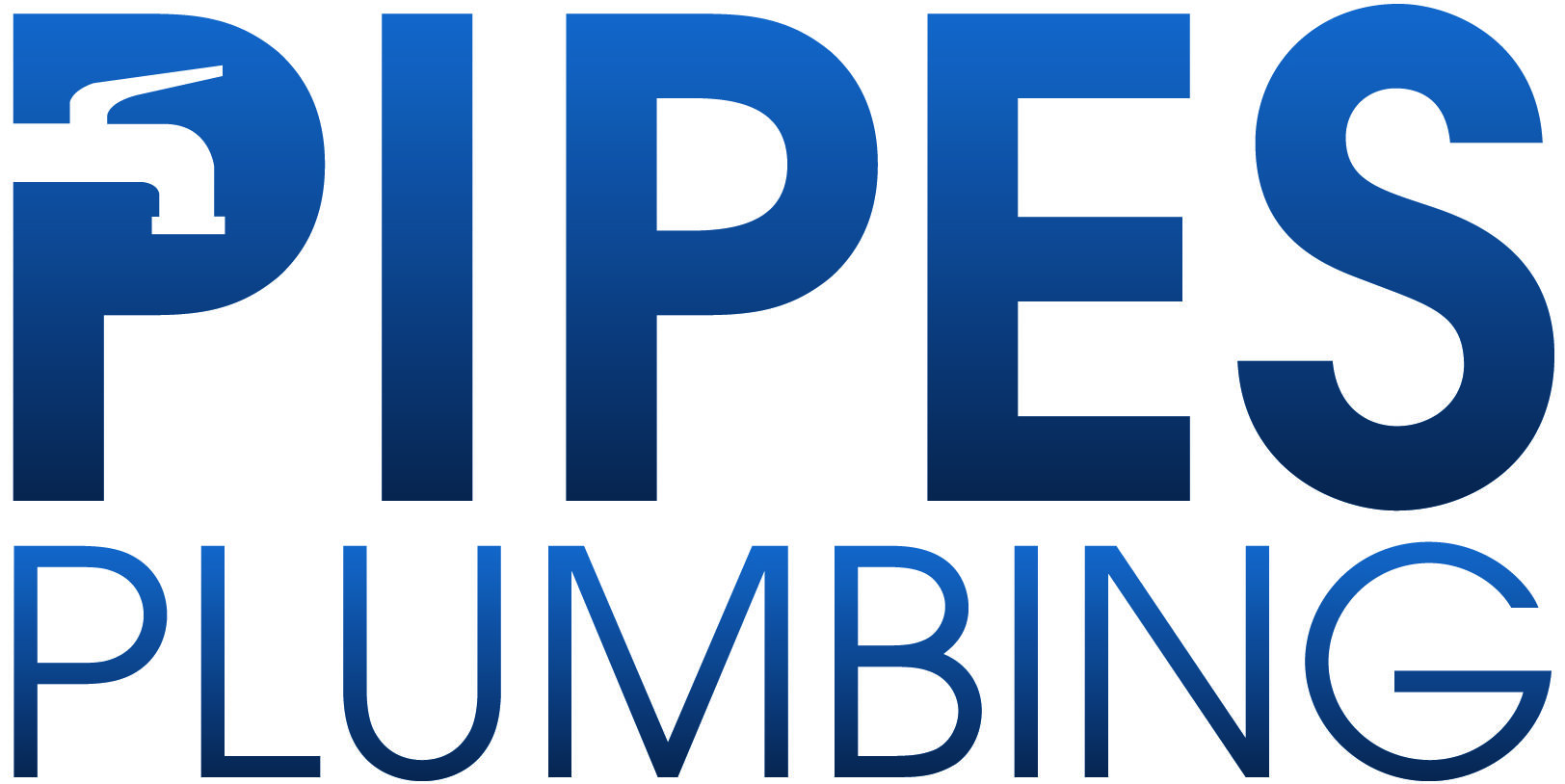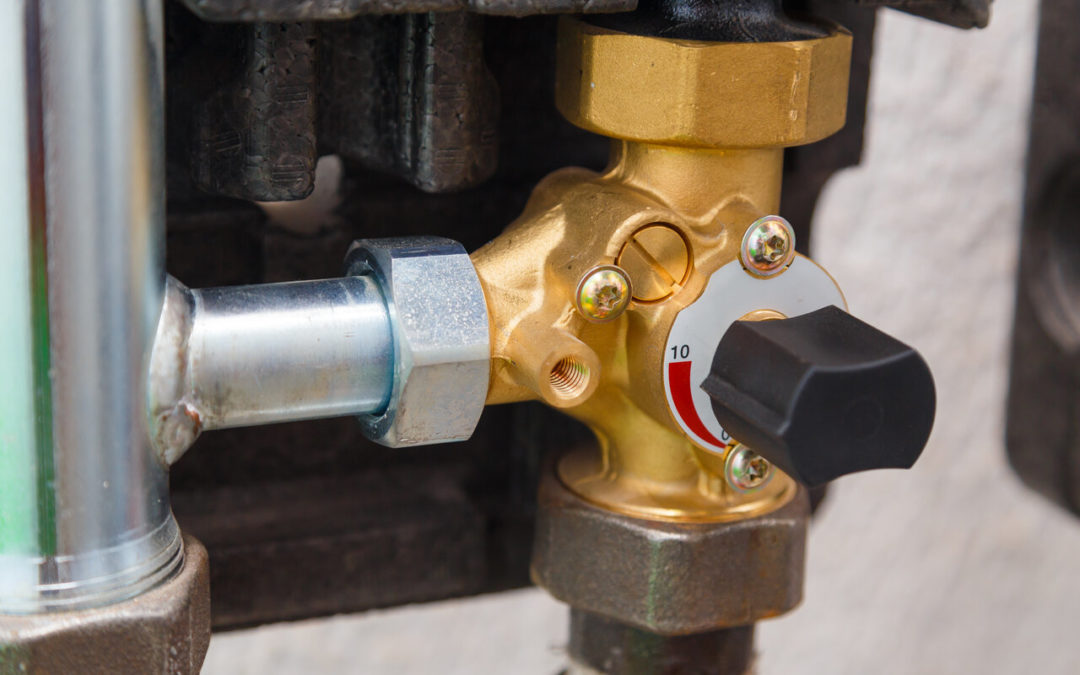As Ottawa’s plumbing and heating experts, we strive to provide homeowners with the most up-to-date knowledge and solutions for enhancing the safety and comfort of their living spaces. One such essential component that plays a crucial role in maintaining both safety and comfort is the thermostatic mixing valve. Installed within your plumbing and heating system, these innovative devices help regulate hot water temperatures, ensuring consistent and safe water flow throughout your home.
In this blog post, we will delve into the world of thermostatic mixing valves, shedding light on their purpose, functionality, and benefits for homeowners. We believe that every Ottawa resident should have access to the best possible plumbing solutions, and we are committed to offering unparalleled expertise and guidance when it comes to improving the safety and enjoyment of your home.
The Functionality of Thermostatic Mixing Valves: Balancing Hot and Cold Water
Thermostatic mixing valves (TMVs) are specifically engineered to maintain a safe and consistent hot water supply in your home. These devices work by blending hot and cold water to achieve a pre-set temperature, adjusting the flow according to the temperature fluctuations in the water supply. By doing so, TMVs eliminate the risk of sudden temperature spikes that can cause scalding injuries and ensure a consistent, comfortable water supply for daily use.
TMVs come equipped with temperature-sensitive components that automatically adjust the proportions of hot and cold water as needed. If the incoming hot water is too hot, the valve will blend in more cold water, and vice versa. This temperature regulation not only prevents scalding accidents but also helps conserve energy by limiting the use of excessively hot water.
Key Benefits of Thermostatic Mixing Valves: Safety, Comfort, and Beyond
Installing TMVs in your Ottawa home comes with an array of advantages that cater to your family’s safety, comfort, and well-being. These benefits include:
- Scald Prevention: As previously discussed, TMVs are explicitly designed to regulate hot water temperature, preventing it from exceeding a safe level. Such precautionary measures are especially valuable in households with children, the elderly, and individuals with limited mobility who are more susceptible to scalding accidents.
- Maintaining a Consistent Temperature: TMVs ensure that your water supply remains at a constant, comfortable temperature without any unexpected fluctuations. This consistency allows for a more enjoyable showering experience and reduces the risk of thermal shocks that can occur when hot or cold water flow is suddenly disrupted.
- Energy Efficiency: By consistently regulating hot water temperature, TMVs contribute to a more energy-efficient home. This optimization results in lower energy consumption associated with water heating, leading to reduced utility bills and a smaller environmental impact.
- Enhanced System Compatibility: TMVs are designed to seamlessly integrate with a wide range of plumbing systems, including traditional water heaters, tankless units, solar-powered systems, and more. This compatibility ensures that every Ottawa homeowner can enjoy the benefits of TMVs regardless of their existing heating setup.
Types of Thermostatic Mixing Valves and Their Applications
There are various types of TMVs available in the market, each designed to cater to specific applications and needs. The two primary types of TMVs are:
- Point-of-Use Mixing Valves: These TMVs are installed at the precise location where hot water is required, such as in showers, bathtubs, or hand washbasins. Point-of-use mixing valves provide localized temperature control, making them ideal for residential settings where individual preferences may vary.
- Central Mixing Valves: Installed near the water heater, central mixing valves control the hot water temperature for the entire home. By blending hot and cold water right at the source, these valves ensure a consistent temperature throughout the house and are well-suited to larger plumbing systems with multiple fixtures.
Consulting with a professional plumber is essential in determining the most suitable type of TMV for your specific needs and home setup.
The Importance of Professional Installation and Maintenance
While the concept of a thermostatic mixing valve may seem simple, its installation and maintenance require the expertise of a skilled plumber. Proper fitting and calibration of TMVs are crucial to guarantee optimal performance and safety. Additionally, these valves must comply with the local building codes and standards in Ottawa, making it essential to consult an experienced plumbing professional for the job.
Regular maintenance of your TMV is necessary for ensuring its long-term efficiency and function. Over time, mineral buildup, debris, or wear and tear may impact the valve’s performance, leading to temperature inconsistencies or malfunction. Annual inspection and cleaning by a professional plumber will keep your TMV in excellent working condition, protecting your home and family from potential risks.
Conclusion
Thermostatic mixing valves play a vital role in maintaining the safety, comfort, and energy efficiency of your Ottawa residence. By understanding the purpose, benefits, and various types of TMVs, you can make informed decisions regarding your home’s plumbing system, ultimately leading to a safer and more enjoyable living environment.
As Ottawa’s plumbing and heating experts, we at Pipes Plumbing are dedicated to providing expert guidance on selecting, installing, and maintaining the perfect TMV for your home. Contact our team of plumbing professionals today to discuss your thermostatic mixing valve needs and take the first step towards an upgraded and safer water heating solution.


Recent Comments